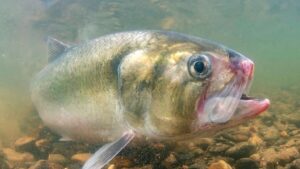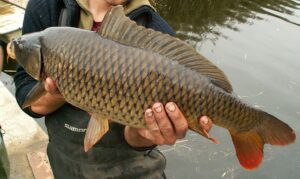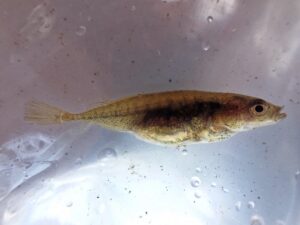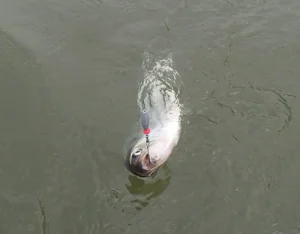Coarse fish: Western Tubenose Goby (Proterorhinus semilunaris)
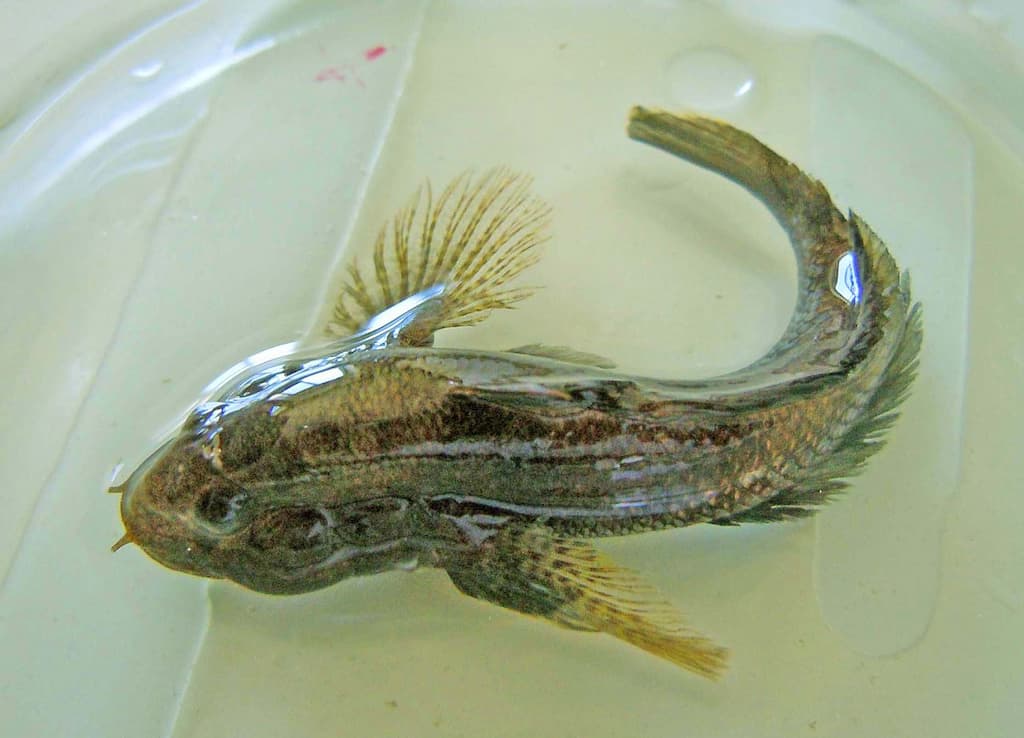
The Western Tubenose Goby (Proterorhinus semilunaris) stands out in coarse fishing for its distinctive features and as an invasive species.
Originally from the Black and Caspian Sea basins, this small fish, marked by unique tubular nostrils and mottled colouration, has entered various European water systems. Its spread across these regions exemplifies the impact of invasive species and its ecological implications within freshwater ecosystems.
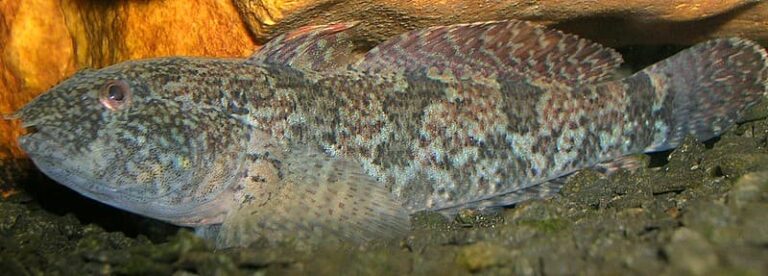
What is a Western Tubenose Goby (Proterorhinus semilunaris) ?
The Western Tubenose Goby, also known as Proterorhinus semilunaris, is a small fish species that belongs to the Gobiidae family. It is native to the Black Sea, Azov Sea, and Caspian Sea basins and has been introduced to other areas, including the Baltic Sea and the Great Lakes in North America. This species is known for its distinctive tubular snout and can grow up to 10 centimetres (4 inches) in length. The Western Tubenose Goby is considered an invasive species in some regions and significantly impacts native fish populations.
Physical Description and Characteristics
Detailed physical description
The Western Tubenose Goby (Proterorhinus semilunaris) is recognised for its elongated body and distinctive tubular nostrils, from which its name is derived.
The Western Tubenose Goby’s head is relatively small, with large, upward-facing eyes with a rounded snout and distinctive tubular nostrils. Its colouration is mottled brown and grey, providing effective camouflage against riverbeds.
The body of this fish is elongated and slightly flattened, with a mottled brown and grey colouration. It has two dorsal fins, the first of which is spiny, and the second is soft-rayed. The anal fin is also soft-rayed, and the pectoral fins are positioned low on the body.
The Western Tubenose Goby’s body and fins exhibit mottled brown and grey colouration, effectively camouflaging them in their natural habitat.
| Class |
| Actinopterygii |
| Order |
| Perciformes |
| Family |
| Gobiidae |
| Genus |
| Proterorhinus |
| Species |
| P. semilunaris |
| Binomial Name |
| Proterorhinus semilunaris (Heckel, 1837) |
Size and weight
The Western Tubenose Goby is a small species, typically measuring 4 to 8 centimetres (1.5 to 3 inches) in length. Its weight is proportionate to its diminutive size, making it a relatively light fish.
Lifespan
The lifespan of the Western Tubenose Goby is generally around 3 to 5 years in natural conditions.
Habitat and Distribution
Natural habitat
The Western Tubenose Goby prefers slow-moving or stagnant waters, often inhabiting rivers, streams, lakes, and ponds with muddy or sandy bottoms. This species can also be found in brackish waters, such as estuaries and coastal lagoons. Its distribution ranges from the Black Sea and the Sea of Azov to the Danube and Dnieper River basins and the Baltic Sea. Furthermore, the Western Tubenose Goby is known to be a bottom-dwelling species, often seeking shelter in crevices and under rocks. It is a resilient fish, able to tolerate a wide range of water temperatures and salinities. Due to its adaptability, the Western Tubenose Goby has been able to thrive in various aquatic environments, contributing to its widespread distribution.
Geographical distribution
Initially found in the Black Sea and Caspian Sea basins, this species has expanded its range to include parts of Central and Western Europe, often through human-assisted introductions. It is considered an invasive species in several locations. In the basin of the Sea of Azov, it lives in the rivers Don and Seversky Donets (to Sviatohirsk), in the estuary of the Kuban River. It has even spread to some North American locations.
Feeding Habits
Diet and feeding behavior
As a bottom-dweller, the Western Tubenose Goby feeds primarily on small invertebrates, such as insect larvae, crustaceans, and molluscs. This fish has been observed to consume algae and detritus, further showcasing its adaptability in feeding habits. Its ability to consume a variety of food sources contributes to its success in different aquatic environments and its ability to thrive in various habitats.
Reproduction
The breeding season typically occurs in late spring to early summer. Females lay eggs in nests guarded by males. The eggs are deposited on hard surfaces like stones or vegetation. Moreover, the Western Tubenose Goby exhibits parental care, with males guarding the eggs until they hatch. This behaviour contributes to the survival of the offspring and is an essential aspect of the species’ reproductive strategy. Additionally, the ability of the Western Tubenose Goby to adapt to different environmental conditions and its resilient nature make it an interesting subject for further study in the field of ecology.
Fishing Interest and Technique
Interest for anglers
Due to its small size, the Western Tubenose Goby is not generally targeted by mainstream angling but may interest micro-fishing enthusiasts. When the Western Tubenose Goby is accidentally captured in some countries, regulations stipulate that it cannot be released back into the water and must be eliminated, so it’s important to check local fishing rules.
Fishing technique
Techniques for catching this species include light tackle and small baits, aligning with methods used in micro-fishing.
Conservation Status
IUCN Red List status
The IUCN Red List classifies the Western Tubenose Goby as “Least Concern. ” However, its spread to non-native areas can impact local ecosystems, and habitat destruction in its native range poses risks to its populations.
Conservation efforts and challenges
The Western Tubenose Goby Proterorhinus semilunaris is considered an invasive species in North America, spreading through three Great Lakes. In Lake Superior, it is found near the harbour of Duluth. In specific Eurasian locations, the native tubenose goby is considered endangered, particularly in Greece near the town of Serres due to pollution and human-induced habitat change, while nonnative Tubenose Goby are currently invading various freshwater locations.

